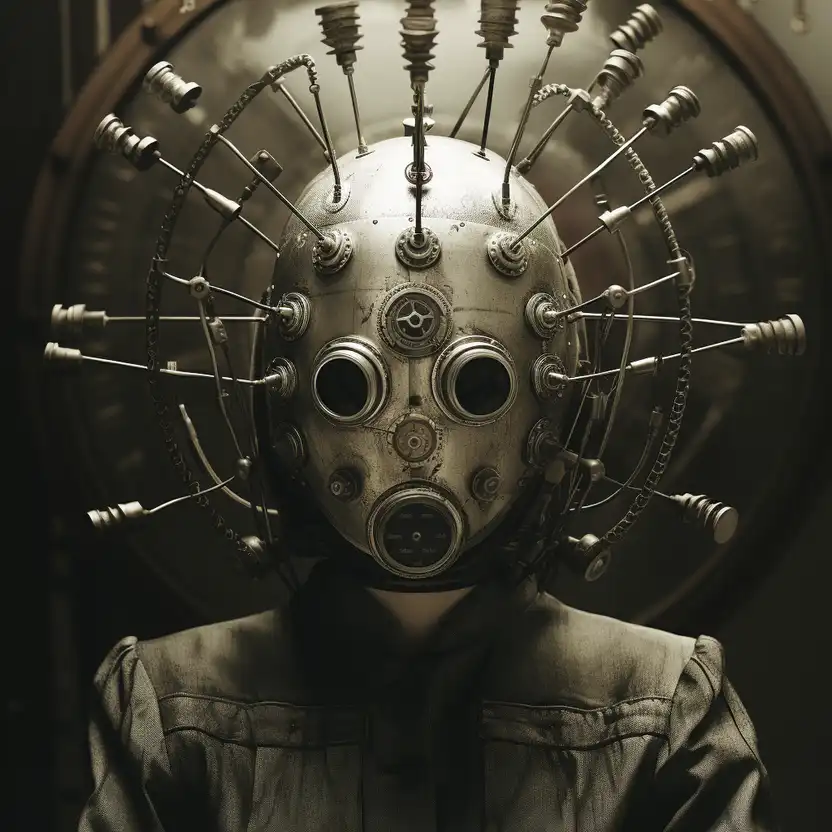What is Visual Design?
Visual Design refers to the strategic application of aesthetics to enhance and optimize the user experience within digital and physical interfaces. It is a multifaceted discipline that combines elements of graphic design, user interface (UI) design, and user experience (UX) design to communicate ideas through visual content effectively. The big picture of visual design encompasses creating cohesion, guiding users effortlessly through interfaces, and ensuring visual integrity that aligns with the brand’s identity and message.
Key Takeaways
- Visual Design is crucial for improving user experience by making interfaces not only functional but also aesthetically pleasing.
- It integrates various design disciplines including graphic design, UI, and UX to create user-friendly interfaces.
- A primary focus of visual design is on creating harmony and consistency across all visual elements to support branding.
- Good visual design enhances communication, engagement, and conversion rates.
- Attention to detail in typography, color palette, imagery, and layout are essential components in effective visual design.
The Role of Visual Design in Branding
Visual Design is integral to branding as it directly influences how a brand is perceived by its audience. From logo creation to packaging and digital presence, visual design shapes the narrative and emotional response associated with a brand. Consistent visual elements aid in establishing recognition and trust, making it a pivotal tool for creating a memorable brand identity.
Elements of Visual Design
The fundamental components of visual design include color, typography, imagery, layout, and space. Each element plays a unique role in guiding the viewer's attention and facilitating effective communication. For instance, color not only attracts but also evokes emotions; typography ensures readability and aligns with brand tone; imagery can convey messages without words, and layout provides structure and hierarchy.
Visual Design in Digital Interfaces
In digital interfaces, visual design is vital for creating intuitive navigation, enhancing usability, and fostering engagement. It involves mapping out user journeys and providing visual cues and feedback that make interactions seamless. This direction not only optimizes the user's path through digital platforms but also reflects the brand’s voice and commitment to quality.
Trends in Visual Design
The field of visual design is ever-evolving, with trends shaping new experiences for users. These include the use of more minimalist designs, dark mode interfaces, immersive 3D effects, and the integration of motion graphics. Staying updated with these trends allows designers to innovate and create cutting-edge interfaces that captivate and retain users.
The Bottom Line
Visual Design is paramount in the modern marketing and design landscape as it merges function with form, creating engaging, memorable, and efficient user experiences. For businesses, especially startups and digital agencies, investing in skilled visual designers means establishing a robust visual identity that can convey their unique value proposition and build robust relationships with the audience. For design professionals, mastering visual design enhances their ability to create compelling narratives through visuals, ensuring their work remains relevant and impactful.
















